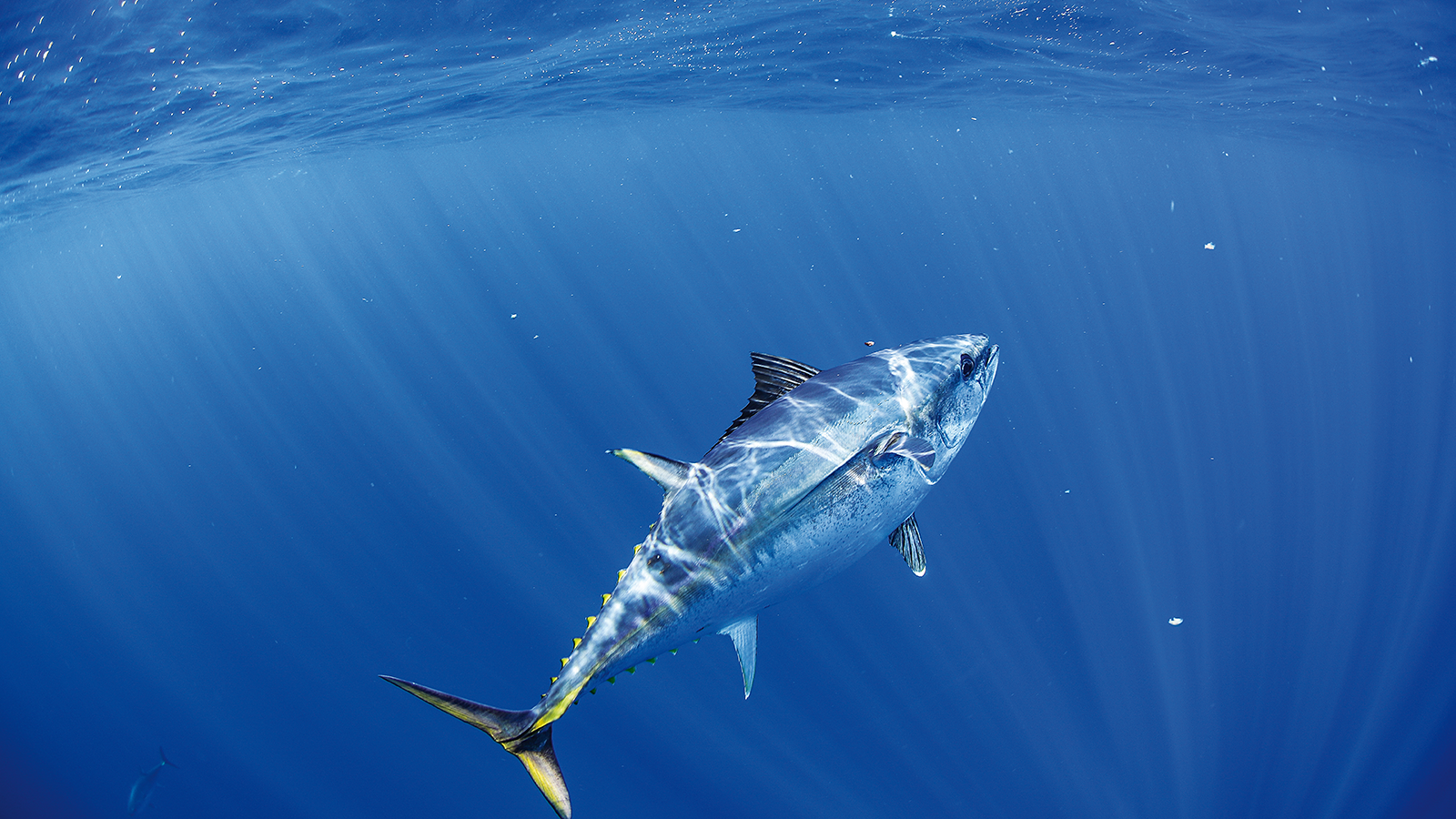Technical support and advice to the Australian fishing and aquaculture sectors on aquatic animal health and biosecurity related matters
Two national plans to strengthen Australia’s production and aquatic animal health management systems
FRDC is pleased to collaborate with a range of government, fisheries and aquaculture sectors in the development of AQUAPLAN 2022-2027, released today by Senator the Hon. Murray Watt, Minister for Agriculture, Fisheries and Forestry.
Aquatic Animal Health and Biosecurity Coordination Program: strategic planning, project management and adoption
Australia’s aquatic animals are free from many diseases that occur overseas, providing us with a competitive advantage in both production and trade. Australian aquaculture has grown from an industry valued at AU$260 million in 1993 to an industry valued at AU$1.6 billion in 2020 (ABARES, 2021). This dramatic growth has been accompanied by the emergence of new diseases/infectious agents, e.g., NNV since 1989, Bonamia since 1992, OOD since 2006, OsHV since 2010, POMV since 2012, new YHV genotypes since 2013, PMMS since 2015 and WSD since 2016, all of which threaten the sustainability of major aquaculture enterprises. Consequently, the need for health research to support this expanding sector is also growing. The wild-harvest, recreational, Indigenous and ornamental sectors are also under threat; e.g., crayfish plague, Edwardsiella ictaluri in catfish, Perkinsus in oysters, WSD in crustacea and gourami iridovirus in a range of finfish species pose significant risks.
Thus, identification and prioritisation of aquatic animal health and biosecurity research and capacity building needs to be coordinated across all aquatic sectors to ensure synergy while avoiding duplication. FRDC, through AAHBRCP, plays a major role in addressing research needs and training in aquatic animal health and biosecurity and is able to direct funding priorities to the most pressing areas. AAHBRCP provides a cohesive national approach to FRDC-supported R&D by providing leadership, direction and focus for health R&D and other related non-R&D activities. According to an external review of AAHBRCP undertaken in 2015 the consensus among major stakeholders was that AAHBRCP provides an essential service for the aquatic animal sector. Given the success of the AAHBRCP there is a need to continue it as a means of providing the service with consideration given to adjustments (reflected in this proposal) to enhance the service it provides for the evolving needs of Australia’s seafood industry, public policy and program needs
Assessment of the interactive effects of climate change, floods and discard stress on the commercially important Mud Crab (Scylla serrata) and Blue Swimmer Crab (Portunus armatus) - postgraduate
Environmental conditions and chemical contaminants present in natural environments influence the physiology and body condition of marine species (Lloret, Shulman et al. 2014, Champion, Hobday et al. 2020, Bolin, Schoeman et al. 2021, Butcherine, Kelaher et al. 2021). Understanding these relationships may enable fishers to avoid fishing at times or in locations when survival or resource quality are compromised. Assessing how extreme levels of environmental variation that prevail in estuarine systems, in conjunction with associated inputs of key agricultural chemicals affect the survival, physiology and flesh quality of the commercially valuable giant mud and blue swimmer crabs is required to develop this capacity. Further, netted gears (including gillnets, trawls and traps) are used to target (or incidentally catch) giant mud and blue swimmer crabs in NSW estuaries, but these are poorly selective for minimum legal sizes (Leland, Butcher et al. 2013), resulting in massive proportions of individuals (e.g. up to > 50 %) being discarded with at least some physical damage (typically missing appendages; Leland, Butcher et al. 2013). This project will integrate the effects of major rain fall events with associated inputs from agricultural run-off and simulated discarding to gain an in-depth understanding of how environmental change, land-use and discarding impacts the study species.
A global review on implications of plastic in seafood
The project will review and synthesise available global data on the potential effects and implications that plastic is causing in seafood species in the context of the impacts they generate to fishing and aquaculture sectors. Concurrently, using published literature on sources of marine pollution, the abundance of plastic entering aquatic systems from seafood related sources will be quantified, with particular focus to the Australian context. Ultimately, this will give the fisheries sector, particularly in an Australian setting, the knowledge to evaluate where appropriate mitigation strategies are necessary and reduce the presence and impacts of microplastics in seafood.
This project aligns with FRDC R&D Plan Outcome 1: Growth and Enduring prosperity; In particular, it targets the priorities of:
- Improving the understanding of the cause and extent of impacts to aquatic systems and what is needed to improve them
- Promote a circular economy to remove waste from the processing system, keep products and materials in use and promote the repair of natural systems
Providing information on how marine pollution may affect the seafood industry and seafood species fished will guide the urgency of future research and allow management and mitigation strategies that support the seafood sector to be developed. Ultimately, quantifying the amount of plastic contributed by the seafood sector to marine plastics will allow us to advance with solutions and uncover where plastic alternatives are most needed.
Final report
report provides clear-sighted recommendations on the threats and opportunities that plastics hold for the seafood sector, as well as avenues for potential mitigation and reduction.
Arming abalone against disease
World-first research is underway to transfer immunity through the generations is underway to combat a deadly abalone virus.
Abalone viral ganglioneuritis (AVG) is a killer and an ongoing threat to wild abalone (Haliotidae) populations. In 2005 it infected two of Australia's premium abalone farms, wiping out stock that took three years to rebuild.
After lying dormant for some years, an outbreak of AVG was detected among wild abalone along the Victorian coastline in May 2021.
- Previous page
- Page 2
- Next page






